Global Evolution & History Of Lutherie
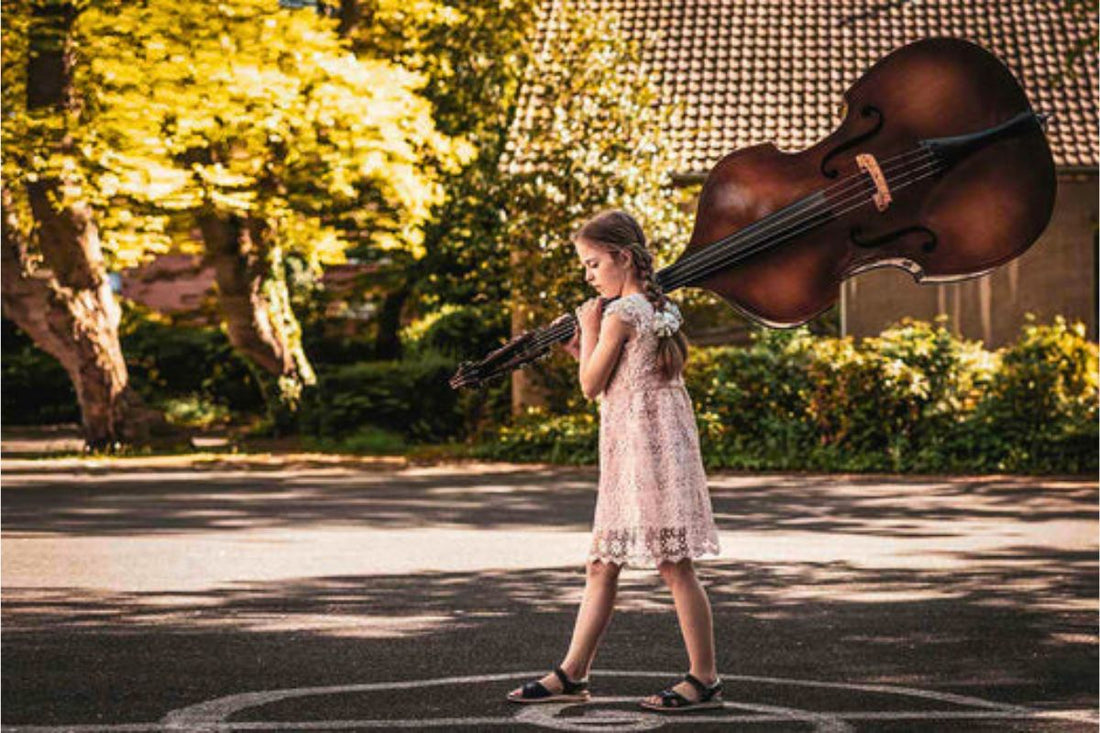
The Evolution of Lutherie Around the World: A Historical Overview
Lutherie, the art and craft of building stringed musical instruments, including both plucked and bowed instruments, has a rich and diverse history that spans across continents and centuries. From the creation of lutes in ancient Greece to the production of violins in Italy during the Renaissance, lutherie has evolved to reflect the cultural and technological advancements of each era. In this article, we will delve into the evolution of lutherie in various regions of the world, exploring the key developments and styles that have shaped this fascinating craft. From Europe to Asia, the story of lutherie is one of innovation, creativity, and a deep love for music.
Origins of Lutherie in Europe
The origins of lutherie in Europe can be traced back to ancient civilizations such as Greece and Rome, where musical instruments like the lyre and lute were created and played. However, it was during the medieval period that lutherie began to flourish and develop into a highly specialized craft.
Medieval luthiers, who were often members of guilds, were responsible for creating a wide range of stringed instruments, including lutes, viols, and harps. These instruments were highly prized and often used in courtly and religious settings. Additionally, luthiers during this time period developed new techniques for constructing instruments, such as the use of soundholes to enhance the tone and resonance of their creations.
As Europe transitioned into the Renaissance, lutherie continued to evolve and grow. The invention of the violin in Italy in the 16th century marked a major turning point in the history of lutherie, as it quickly became one of the most popular instruments of the era. This was due in part to the skill and innovation of the great Italian luthiers like Andrea Amati, Antonio Stradivari, and Guarneri del Gesù, who are still renowned for their masterful craftsmanship.
In the centuries that followed, lutherie in Europe continued to evolve, with new styles and techniques being developed and refined. Today, luthiers in countries such as Germany, France, and the United Kingdom continue this proud tradition, creating instruments of exceptional quality and beauty.
Lutherie in Renaissance Italy
The Renaissance period in Italy was a time of great artistic and cultural achievements, and lutherie was no exception. During this time, the creation of stringed instruments reached new heights of craftsmanship and beauty.
One of the most important innovations of the Renaissance was the invention of the violin, which quickly became one of the most popular instruments of the era. The great Italian luthiers of the Renaissance, such as Andrea Amati, Antonio Stradivari, and Guarneri del Gesù, are still renowned for their exceptional craftsmanship and creativity. These luthiers were responsible for creating some of the finest instruments in the world, many of which are still in use today by professional musicians.
In addition to the violin, luthiers in Italy during the Renaissance also crafted a variety of other instruments, including the lute, harp, and theorbo. These instruments were highly prized and used in a variety of settings, including courts and churches.
The success of lutherie in Renaissance Italy was due in part to the support of wealthy patrons and the growth of a thriving musical culture. The demand for fine instruments led to the development of a thriving lutherie industry in cities like Cremona and Venice, where luthiers worked together to create and innovate.
Today, the legacy of lutherie in Renaissance Italy continues to influence luthiers around the world, and the instruments created during this era remain some of the finest examples of the craft.
Development of Guitar Making in Spain
Spain has a rich and storied tradition of lutherie, particularly when it comes to the creation of guitars. The origins of guitar making in Spain can be traced back to the 16th century, when luthiers first began to create instruments that were uniquely Spanish in style and sound.
One of the key developments in the history of Spanish guitar making was the introduction of the fan-bracing system, which allowed luthiers to create guitars with a more powerful and resonant sound. This innovation, combined with the unique style and sound of the Spanish guitar, helped to establish the instrument as a popular choice among musicians and audiences alike.
In the centuries that followed, Spanish luthiers continued to refine their craft, experimenting with new materials and techniques to create guitars that were both beautiful and powerful. This work led to the development of the classical guitar, which is still widely used and appreciated today.
Another important development in the history of Spanish guitar making was the introduction of the flamenco guitar, which was created specifically for the flamenco style of music. Flamenco guitars are known for their bright, percussive sound and are an essential component of this passionate and energetic musical style.
Today, Spanish luthiers continue to be at the forefront of the craft, creating guitars that are widely sought after by musicians and collectors. The skill and creativity of Spanish luthiers has helped to establish Spain as a leading center for the creation of high-quality guitars.
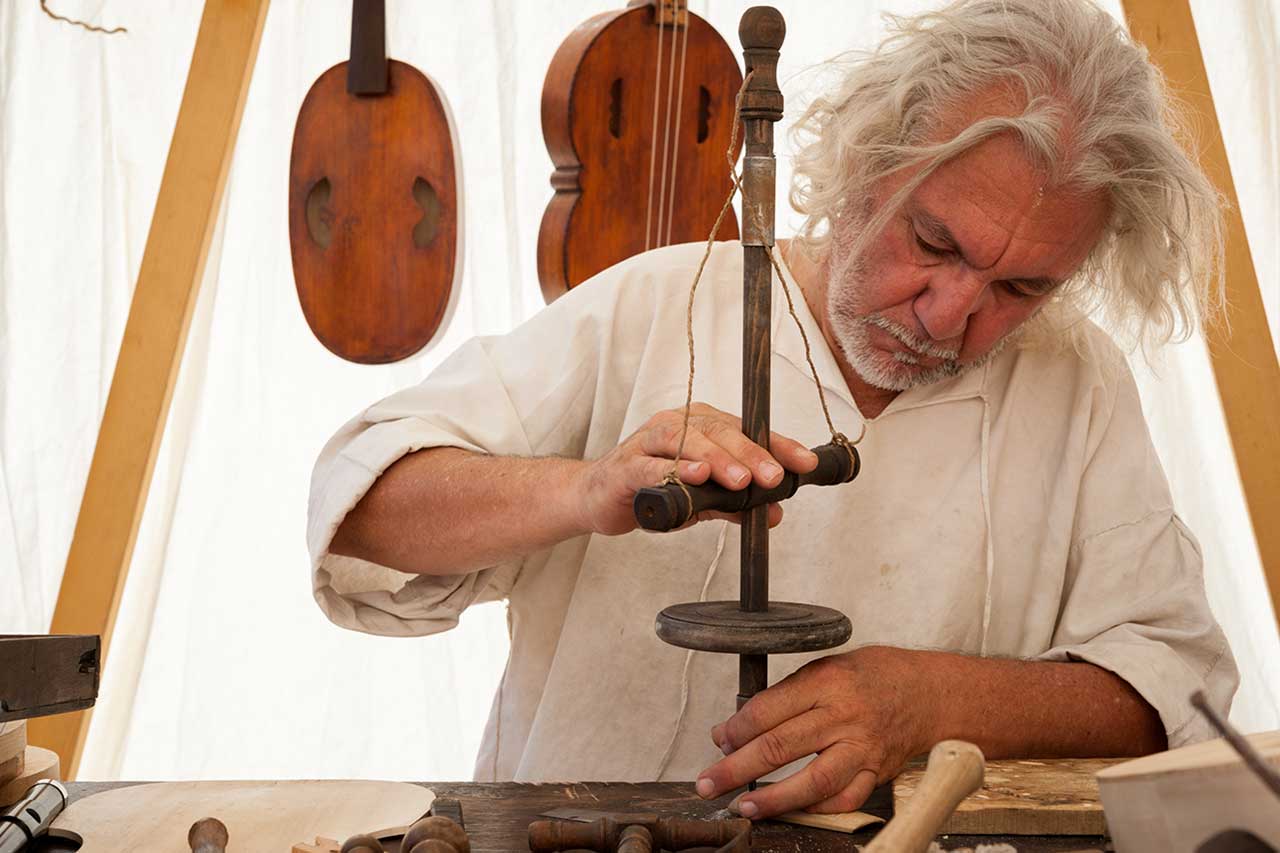
Lutherie in France During the Baroque Era
France was one of the leading centers of lutherie during the Baroque era, a time of great artistic and cultural achievements. The Baroque period, which lasted from the late 16th century to the early 18th century, was characterized by a love of grandeur and elaborate decoration, and this was reflected in the creation of musical instruments as well.
One of the most important innovations of the Baroque era in France was the creation of the harpsichord, a keyboard instrument that was widely used in chamber music and opera. French harpsichord makers, such as Pascal Taskin, were known for their exceptional craftsmanship and attention to detail, and their instruments are still widely sought after today.
In addition to the harpsichord, luthiers in France during the Baroque era also created a variety of other instruments, including the lute, theorbo, and viol. These instruments were highly prized and used in a variety of settings, including courts and churches.
The success of lutherie in France during the Baroque era was due in part to the support of wealthy patrons and the growth of a thriving musical culture. The demand for fine instruments led to the development of a thriving lutherie industry in cities like Paris and Versailles, where luthiers worked together to create and innovate.
Today, the legacy of lutherie in France during the Baroque era continues to influence luthiers around the world, and the instruments created during this era remain some of the finest examples of the craft.

German Lutherie During the 19th Century
The 19th century was a time of great innovation and change in Germany, and this was reflected in the development of lutherie. During this time, German luthiers were at the forefront of the craft, creating instruments that were both beautiful and functional.
One of the key innovations of German luthiers during the 19th century was the creation of the modern violin, which was lighter, more comfortable to play, and produced a richer, more powerful sound than its predecessors. This development was due in part to the work of luthiers like Anton Joseph Stadlmann, who revolutionized the craft with his innovative designs and techniques.
Another important development of the 19th century was the creation of the modern piano, which was the result of years of experimentation and refinement by German luthiers. These instruments, which were lighter, more durable, and more affordable than their predecessors, helped to bring music into the homes of people around the world.
In addition to these innovations, German luthiers during the 19th century also continued to create a wide variety of other instruments, including the cello, double bass, and a number of wind instruments. These instruments were widely used in orchestras, chamber ensembles, and other musical settings, and helped to establish Germany as a leading center for the creation of high-quality musical instruments.
Today, the legacy of German lutherie during the 19th century continues to influence luthiers around the world, and the instruments created during this time remain some of the finest examples of the craft.
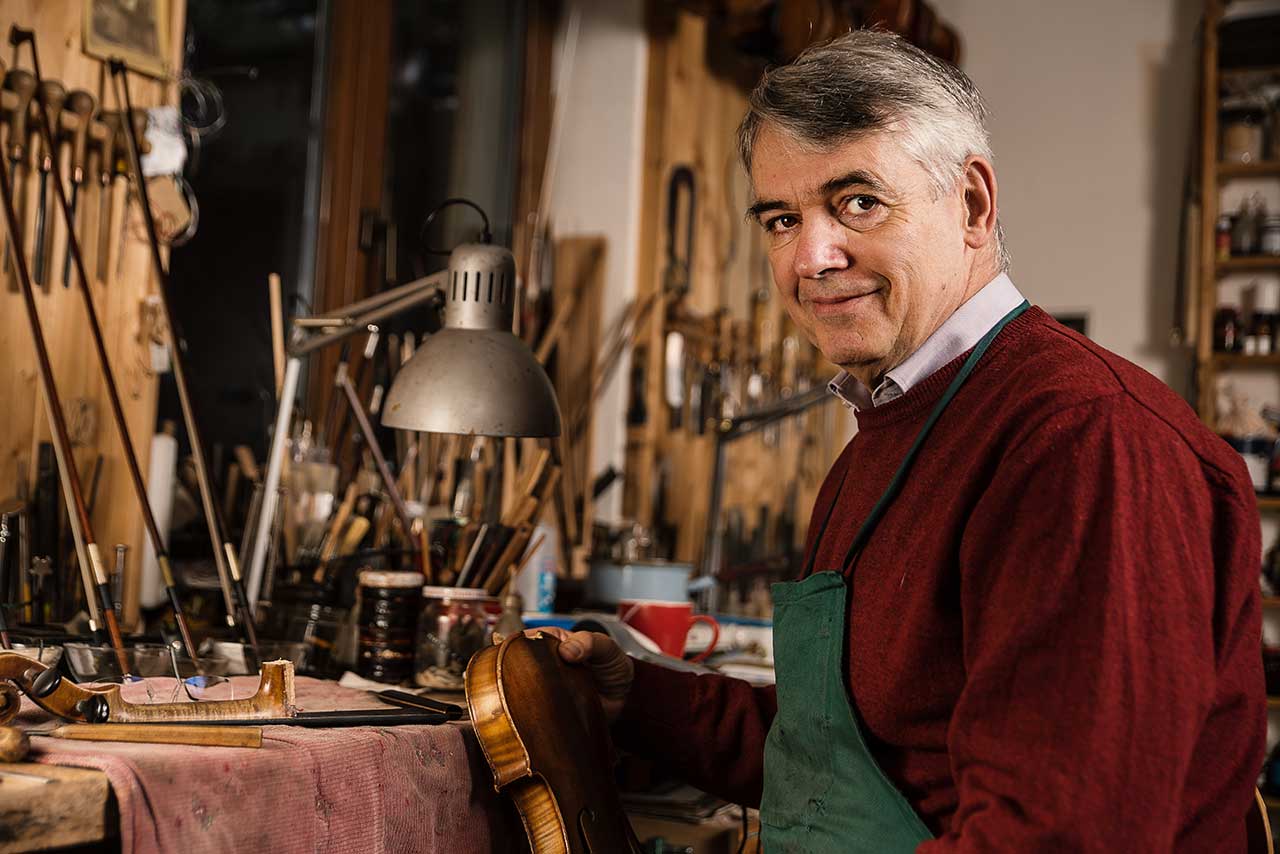
Lutherie in the United States: Colonial to Civil War
The history of lutherie in the United States is rich and varied, stretching back to the colonial period. During this time, luthiers in the colonies created instruments that were both practical and beautiful, reflecting the unique culture and traditions of their communities.
One of the most important developments of the colonial period was the creation of the American violin, which was heavily influenced by European designs but also had its own distinctive style and sound. These instruments, which were used in a variety of musical settings, helped to lay the foundation for the development of lutherie in the United States.
As the United States grew and expanded in the years leading up to the Civil War, luthiers continued to innovate and create new instruments. This was particularly true in cities like Boston and New York, where luthiers were influenced by the thriving musical cultures of Europe.
One of the most important developments of this time was the creation of the banjo, a unique and versatile instrument that became popular in a variety of musical styles, including folk, blues, and jazz. The banjo was also a key component of the minstrel shows that were popular in the United States during the 19th century.
In addition to the banjo, luthiers in the United States during this time also created a variety of other instruments, including the guitar, mandolin, and dulcimer. These instruments helped to create a rich and diverse musical landscape that continues to thrive today.
Despite the challenges of war and economic hardship, lutherie in the United States continued to flourish during the Civil War, with luthiers working to create instruments that were both functional and beautiful. This legacy continues to influence luthiers today, and the instruments created during this time remain some of the finest examples of the craft.
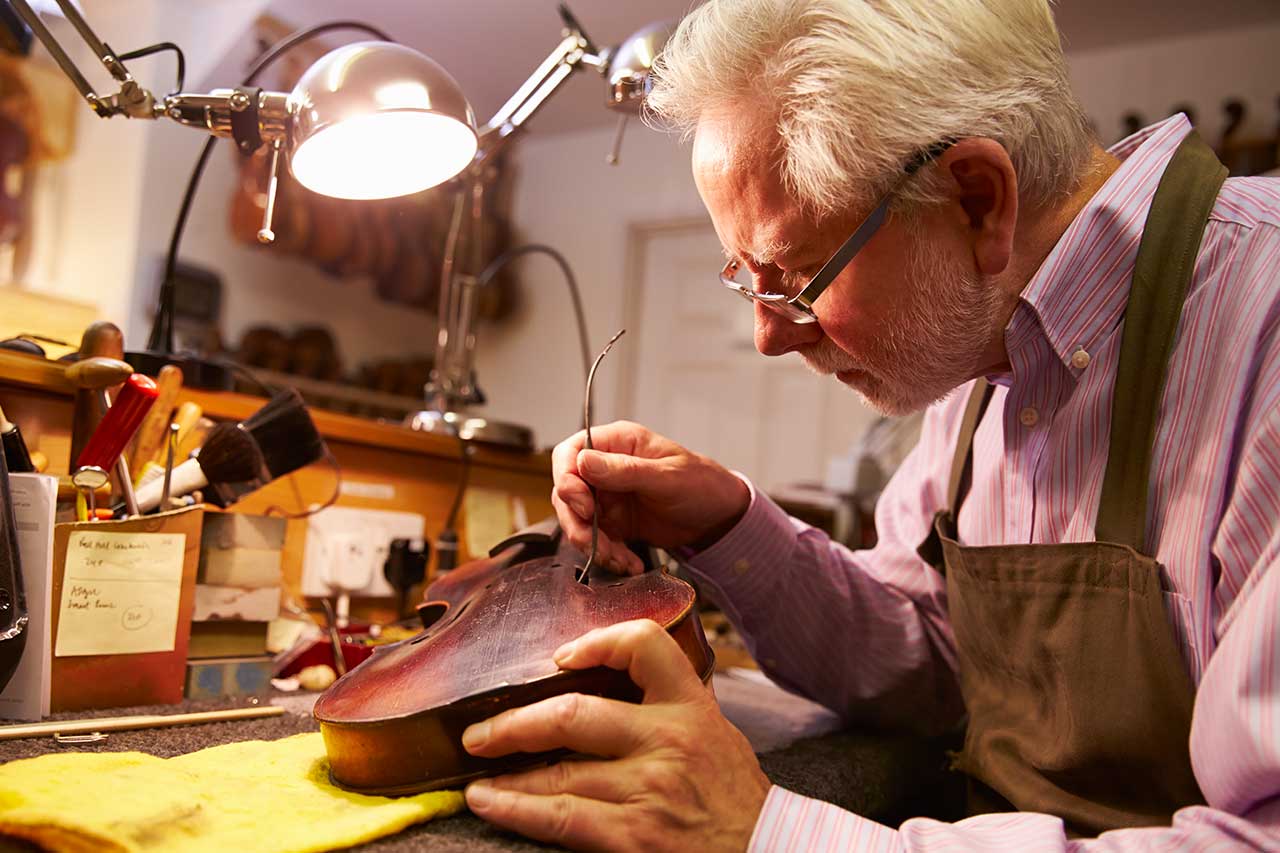
Lutherie in the United Kingdom: 1700s to 1800s
The history of lutherie in the United Kingdom is long and rich, dating back to the 1700s and continuing through to the present day. During this time, luthiers in the UK created a wide range of instruments, from violins and guitars to harps and pianos.
One of the most important developments of the 1700s was the creation of the English violin, which was heavily influenced by the Italian style but also had its own unique sound and style. These instruments were used in a variety of musical settings, from classical concerts to folk music, and helped to establish the UK as a center for lutherie.
As the UK continued to grow and develop during the 1800s, luthiers continued to innovate and create new instruments. This was particularly true in cities like London, where luthiers were influenced by the thriving musical cultures of Europe.
One of the most important developments of this time was the creation of the modern piano, which was developed in the UK and went on to become one of the most popular instruments in the world. This innovation helped to lay the foundation for the modern lutherie industry, and the piano remains one of the most important instruments in the UK today.
In addition to the piano, luthiers in the UK during the 1800s also created a variety of other instruments, including the harp, guitar, and mandolin. These instruments helped to create a rich and diverse musical landscape that continues to thrive today.
Despite the challenges of industrialization and economic hardship, lutherie in the UK continued to flourish during the 1800s, with luthiers working to create instruments that were both functional and beautiful. This legacy continues to influence luthiers today, and the instruments created during this time remain some of the finest examples of the craft.

Lutherie in Eastern Europe: A Blend of Traditions
Eastern Europe has a long and rich history of lutherie, with traditions that date back centuries. The region encompasses a wide variety of cultures and musical styles, and this diversity is reflected in the instruments that were created by luthiers in the area.
One of the most notable traditions in Eastern Europe is the creation of violins, which have a rich and distinctive sound that is still highly sought after today. This tradition was influenced by Italian lutherie, but also incorporated elements of local styles and techniques.
Another important aspect of Eastern European lutherie was the creation of stringed instruments used for traditional music, such as the cimbalom and the gusle. These instruments were created to accompany local folk music and dances, and helped to preserve cultural traditions that continue to this day.
Despite the challenges of war, economic hardship, and political upheaval, lutherie in Eastern Europe continued to flourish in the 20th century. During this time, luthiers worked to create instruments that were functional, beautiful, and representative of their local cultures.
Today, Eastern European luthiers are still creating instruments that reflect the rich cultural traditions of the region, while also incorporating modern materials and techniques. This combination of traditional and modern elements has helped to create a vibrant and thriving lutherie industry, and the instruments created in Eastern Europe are highly valued by musicians and collectors alike.
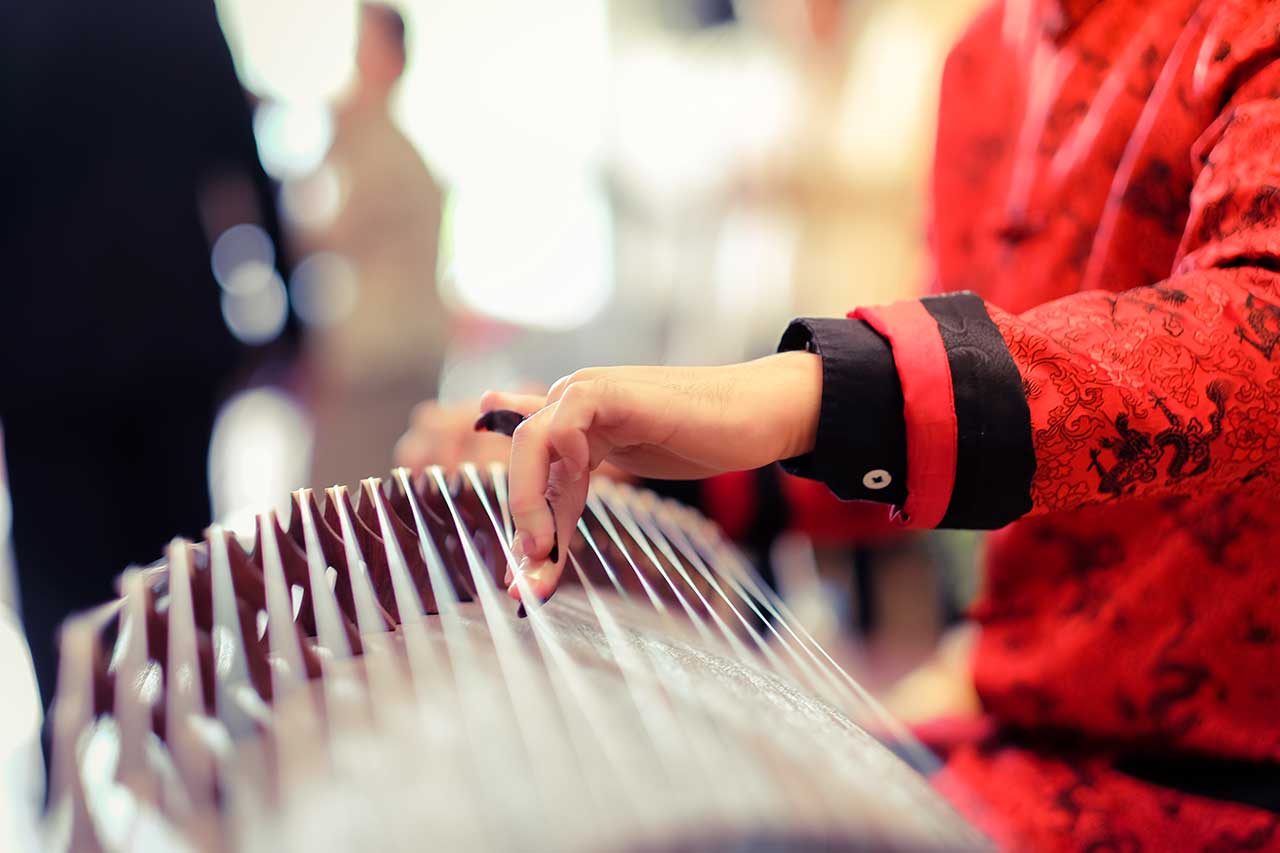
Lutherie in China: A Long and Rich History
China has a long and rich history of lutherie, dating back to ancient times. The country’s musical instruments have evolved over the centuries, reflecting both local traditions and foreign influences.
One of the most important contributions of Chinese luthiers was the creation of the pipa, a lute-like instrument that is still widely played today. The pipa was developed during the Han dynasty, and its popularity spread throughout China and beyond.
In the 19th and 20th centuries, Chinese luthiers faced challenges as the country underwent political and cultural changes. Despite these difficulties, the tradition of lutherie continued to thrive, and luthiers continued to create a wide variety of instruments, including the zheng and the guqin.
Today, Chinese luthiers are using modern materials and techniques to create instruments that are both beautiful and functional. They are also preserving traditional methods, and the instruments produced in China are highly valued by musicians and collectors around the world.
From the ancient pipa to the modern guzheng, Chinese lutherie reflects the country’s rich cultural heritage and musical traditions. Whether played in a traditional setting or in a modern concert hall, Chinese instruments continue to inspire musicians and audiences alike.
Lutherie in Japan: From Folk Instruments to Fine Art
Japan has a rich and diverse tradition of lutherie, with a history that spans centuries. From humble beginnings as folk instruments, Japanese luthiers have elevated the craft to an art form, creating instruments that are both beautiful and functional.
One of the earliest and most important instruments in Japanese lutherie was the shamisen, a three-stringed lute that was first introduced to Japan in the 16th century. Over time, the shamisen became a key part of Japanese musical culture, and its popularity led to the development of other instruments, including the koto and the biwa.
In the 20th century, Japanese luthiers embraced new materials and techniques, and the craft of lutherie evolved into a true art form. Today, Japanese luthiers are renowned for their skill and attention to detail, and their instruments are sought after by musicians and collectors around the world.
From the traditional shamisen to the contemporary koto, Japanese lutherie reflects the country’s rich cultural heritage and musical traditions. Whether played in a traditional setting or in a modern concert hall, Japanese instruments continue to inspire musicians and audiences alike.
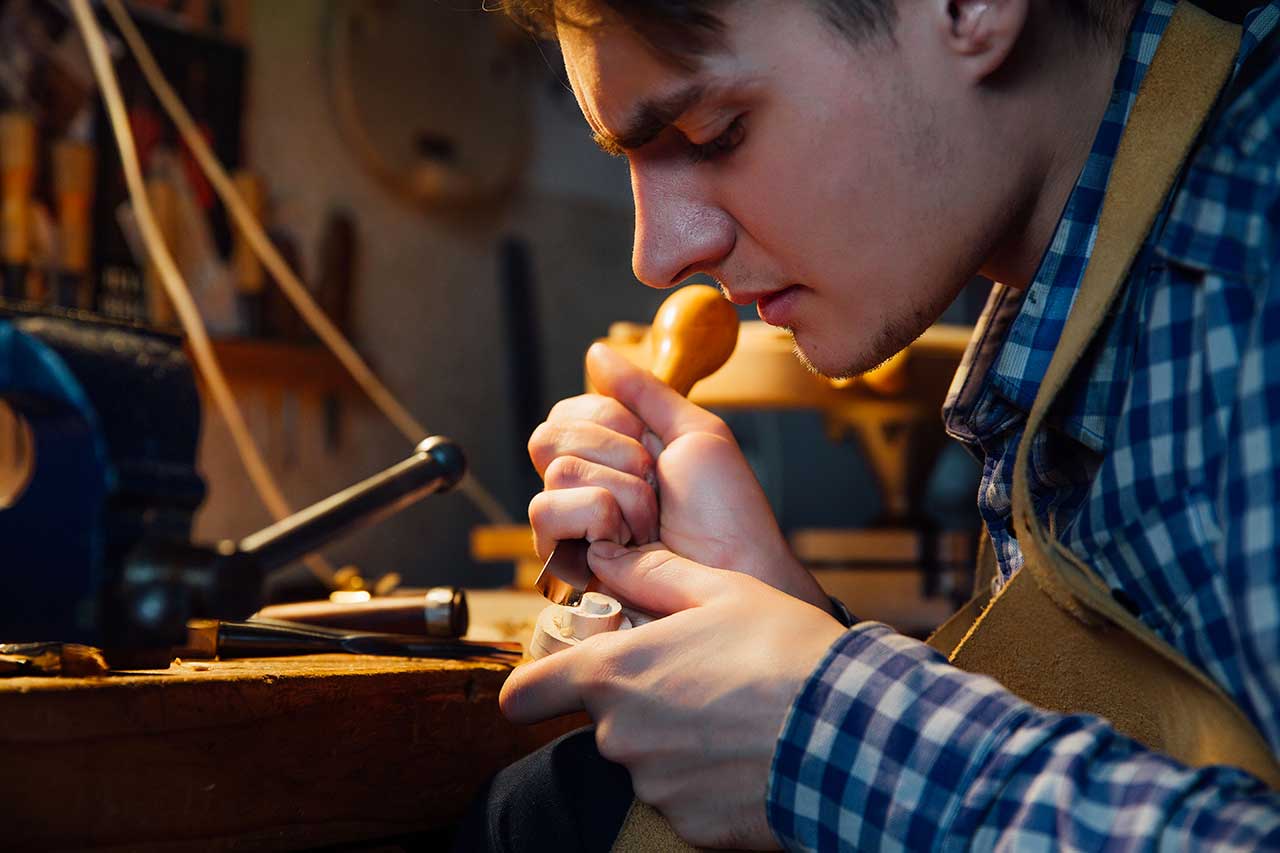
The Evolution of Lutherie Around the World: A Historical Overview
The art and craft of lutherie has a rich and diverse history that spans continents and centuries. From its origins in Europe to its flourishing in Italy during the Renaissance, from its development in Spain and France to its growth in the United States and United Kingdom, lutherie has always been shaped by cultural and historical influences.
As luthiers in different parts of the world embraced new materials and techniques, they elevated the craft to an art form, creating instruments that are not only functional but also beautiful. Today, lutherie continues to evolve, with new innovations and technologies emerging, and traditional methods being passed down from generation to generation.
This historical overview of lutherie around the world highlights just how diverse and dynamic the craft can be. Whether it’s the intricate koto from Japan or the ornate guitars from Spain, each instrument is a testament to the creativity, skill, and passion of the luthiers who crafted them. From its earliest beginnings to its place in the modern world, lutherie remains an integral part of musical and cultural heritage, and it will continue to be so for generations to come.
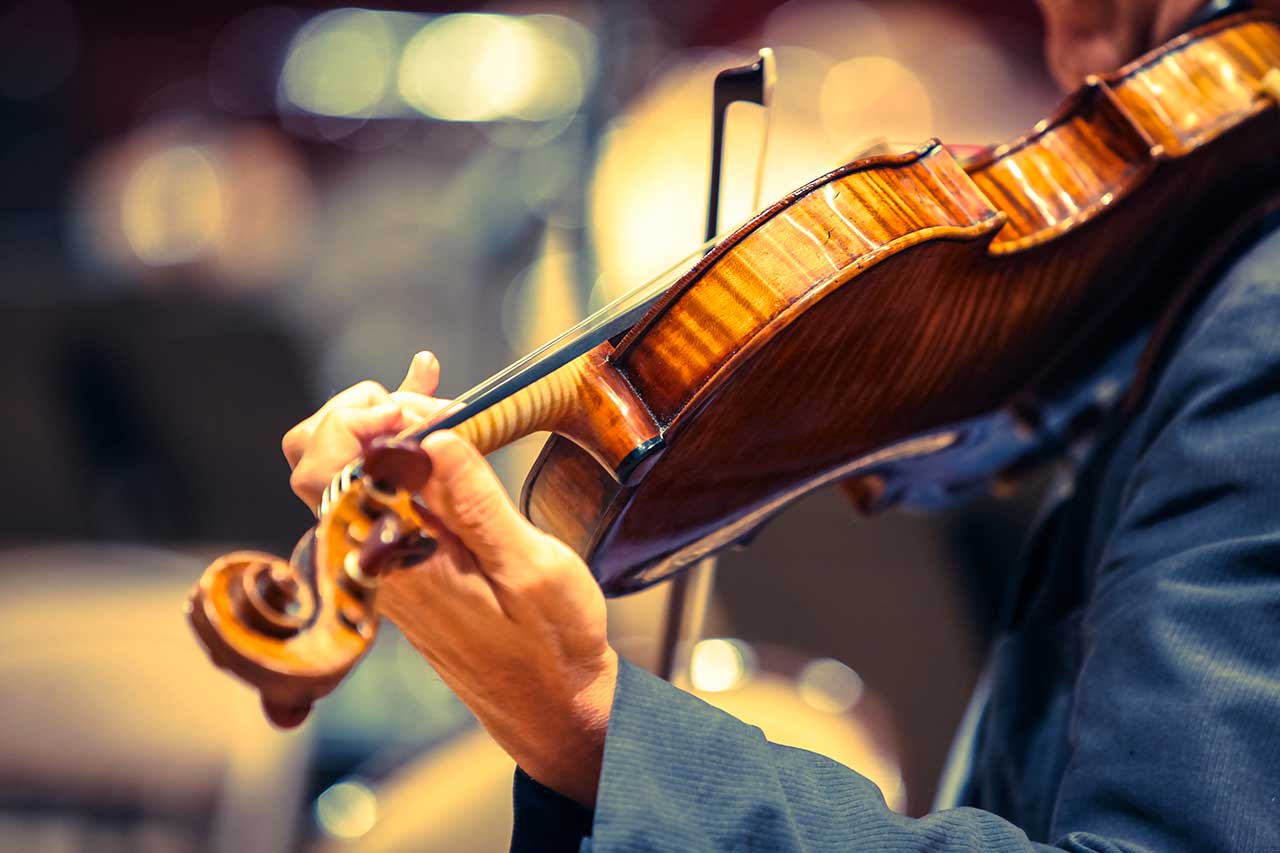
-
All About Tonewoods (21)
-
All About Tools (1)
-
Building Electrics (5)
-
Building Skills (11)
-
Driftwood Guitars (6)
-
From The Bench (1)
-
Guitar Building (19)
-
Guitar Maintenance (3)
-
La Due Pragmatic Luthier (7)
-
Guitar Repair (5)
-
Luthier Wisdom (17)
-
Press Releases (3)
-
Schaefer DIY Guitar Making (9)
-
The Builders (72)
-
Workshop Talk (33)















